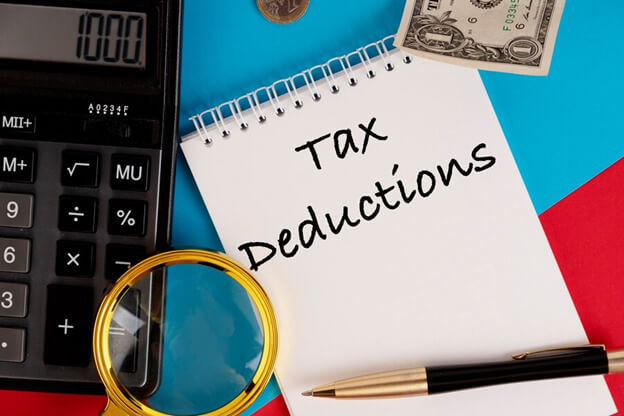Updated June 2, 2023
What is the Full Form of TDS?
The full form of TDS is Tax Deducted at Source, a method by which the government can deduct tax payments directly from an individual’s income source. TDS allows the central government to collect taxes and reduce tax evasion. The government deducts the TDS as soon as the businesses get money in the bank. Thus, in other words, TDS is a fixed percentage of a person’s monthly income that is taxed at the point of payment when they have tax deducted at source. Every person or organization must pay taxes under the Income Tax Act of 1961 if their income exceeds a specified amount.
Example: Shine Pvt Ltd pays the property owner Rs 80,000 monthly in office rent. TDS is at a rate of 10%. Shine Pvt Ltd is required to deduct TDS of Rs 8000 and give the remaining Rs 72,000 to the property owner. So, after deducting the tax on the source, the income recipient receives a net amount of Rs 72,000. He will add the gross sum of Rs 80,000 to his income and can apply for the money previously withheld by Shine Pvt ltd, which is Rs 8,000, against his total tax liability.
Is TDS deducted from everyone?
Not all people and incomes are subject to TDS for all transactions. The Income-tax Act of 1961 set different TDS rates for different types of payments and groups of recipients. For example, a mutual debt fund’s distribution of redemption proceeds is not tax-deductible for residents, but it is for non-resident Indians. TDS says that anyone making a specific payment to another person must take out tax at the source at the rates set out in the Income-tax Act and put it in the government’s account.
The tax must be withheld and deposited with the government by the individual making the payment. This person is a “deductor.” The term “deductee” represents the individual who receives the payment after the tax deduction. The form 26AS statement shows the tax deducted and deposited in a person’s name/PAN for a specific financial year.
As a result, by checking this Form 26AS, a person can view or review the TDS he paid on his income. Everyone who takes money from someone else’s pay must give the government a TDS certificate. It shows the government how much money someone took from another person’s pocket.
The government introduced the Annual Information Statement (AIS) and Taxpayer Information Summary in November 2021. (TIS). Both records include the income tax department’s portrayal of a person’s financial transactions. It reveals the overall wealth earned and the source of the funds. It also shows how much money one takes from another person’s pocket.
What day is the TDS deposit due to the government?
The government must get the TDS deposit by the seventh day of the following month.
For example, in this case: The government must receive TDS deducted in June by July 7th. The TDS deducted in March may be deposited up to April 30th. The payment due date of TDS is 30 days after the last day of the month in which TDS got deducted for deductions made on rent and property purchases.
How and when To File TDS returns?
Individuals who deducted taxes at the source must file TDS returns. Three months is the time limit to file a TDS return. They must include TANs, TDS amounts, payment methods, deducted PANs, and other information. Additionally, multiple forms are required for filing returns depending on why TDS is getting deducted. Here are some examples of return forms: On all payments excluding salary, use Form 26Q TDS. July 31st, Q1 Q2 – October 31 Q3 – January 31 Q4 – May 31.
What Do You Mean By a TDS Certificate?
TDS certifications come in Form 16, 16A, 16B, and 16C. The person who made the payment must give the TDS certificates to the person from whom he took the TDS. For example, when TDS gets subtracted from interest on fixed deposits, banks send Form 16A to the depositor. The employer provides Form 16 to the employee.
What is Form 26AS?
It’s critical to comprehend the connection between your PAN and TDS. TDS deductions link the deductee and the deductor’s PAN numbers. You must fill out Form 26AS if any of your income has had TDS deducted. Available to all PAN holders, this form provides a consolidated tax statement.
This form shows how much TDS was taken from your salary or interest income by each deductor. All TDS is related to your PAN, so this form shows how much TDS was taken out by each deductor. PAN links to the TDS because all the reporting takes place on PAN. So, you must give your correct PAN whenever TDS might apply to your income.
This was all about Full Form of TDS!
Recommended Articles
We hope that this EDUCBA information on the “Full Form of TDS ” was beneficial to you. You can view EDUCBA’s recommended articles for more information,

